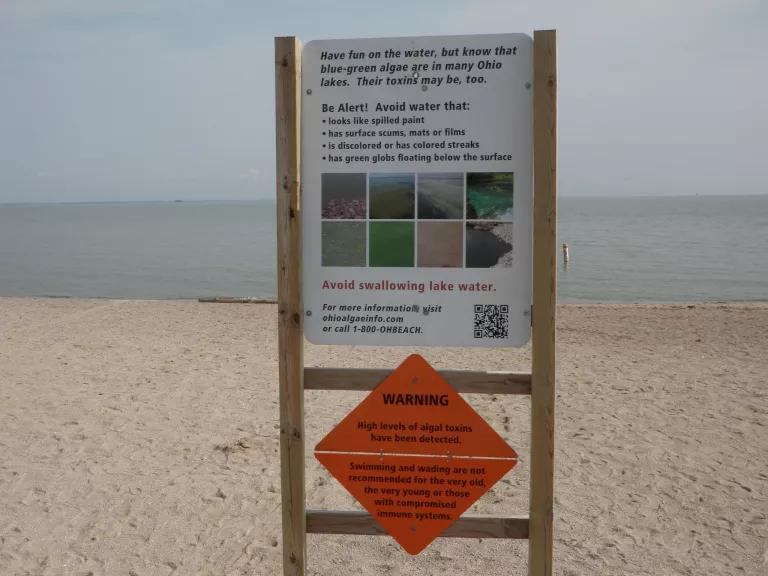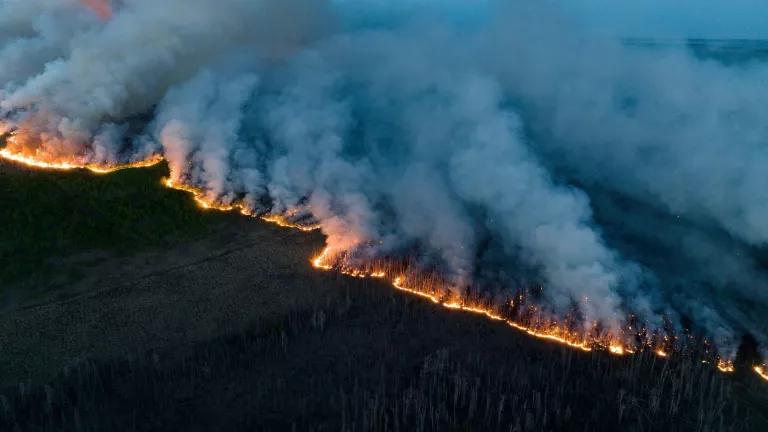Essential Actions for Climate-Ready Health Departments

Climate change is a global phenomenon with local consequences. That means America’s local health departments—which help keep communities safe from diseases, pollution, and other threats—have to plan for worsening heat illnesses, mental health issues, and many other climate-related health impacts. Today, the National Association of County & City Health Officials (NACCHO) released a list of “essential actions” local health departments can take to strengthen their ability to respond to the present and future health harms of climate change.
Essential Action: Get Smart About Climate-Related Health Risks and Responses
A lack of understanding about the effects of climate change is one of the major barriers to action by local health departments. NACCHO urges local professionals to learn more about climate-related health threats, how to identify community members most at risk, and how to best protect those vulnerable communities.
Check out NRDC’s climate-health maps here and here, and these state issue briefs (more coming soon!) as a starting point for climate-related health threats in your area.
Essential Action: Make and Implement Climate Resilience Plans
Being savvy about climate vulnerabilities is an important first step to developing an action plan. A recent review of 44 U.S. city and county climate resilience plans, however, found that only 55 percent of plans included strategies linked to specific climate impacts. Furthermore, most plans didn’t include operational details like implementation timetables and how strategies would be funded.
NACCHO stresses that to maximize benefits, local health departments should develop climate plans that are “specific, measurable, achievable, realistic, and timely”. For example, each strategy in the City of Baltimore’s disaster preparedness and climate adaptation plan includes a detailed list of actions, the city departments responsible for carrying out the actions, and an implementation time frame.
Essential Action: Regularly Evaluate Climate Resilience Plans
In that same nationwide survey, just 7 of the 44 plans included requirements for reporting progress on implementation, and just 2 included details on evaluation methods. NACCHO emphasizes the need for local health departments to use metrics and indicators to assess plan effectiveness and identify ways to strengthen climate-health protections.
Essential Action: Build Relationships and Strategic Partnerships
Climate change is too big and complex a problem for local health departments to tackle on their own—especially since climate-related health threats magnify long-standing socioeconomic disparities that make and keep people sick.
That’s why NACCHO recommends partnering with nongovernmental organizations, local university researchers, the private sector, and others. These connections can boost capacity and reduce duplication of effort. Fostering relationships with community members will also help health departments develop and deliver targeted climate-health messages to the most vulnerable among us.

Action on climate change by local and state health departments is crucial to the health and safety of individuals, groups, and communities across America. That’s especially true as the Trump administration systematically tries to roll back one climate and health safeguard after another. NACCHO’s simple, practical guidance can help local health departments respond to the challenge of climate change and communicate progress being made toward healthier, safer communities.




